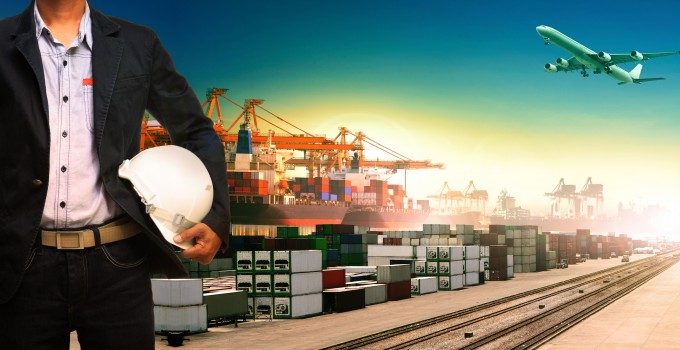IMO rules reporting containers lost overboard mandatory
The International Maritime Organization (IMO) has made the reporting of containers lost overboard a legal ...
WTC: RIDE THE WAVEFDX: TOP EXEC OUTPEP: TOP PERFORMER KO: STEADY YIELD AND KEY APPOINTMENTAAPL: SUPPLIER IPOCHRW: SLIGHTLY DOWNBEAT BUT UPSIDE REMAINSDHL: TOP PRIORITIESDHL: SPECULATIVE OCEAN TRADEDHL: CFO REMARKSPLD: BEATING ESTIMATESPLD: TRADING UPDATEBA: TRUMP TRADE
WTC: RIDE THE WAVEFDX: TOP EXEC OUTPEP: TOP PERFORMER KO: STEADY YIELD AND KEY APPOINTMENTAAPL: SUPPLIER IPOCHRW: SLIGHTLY DOWNBEAT BUT UPSIDE REMAINSDHL: TOP PRIORITIESDHL: SPECULATIVE OCEAN TRADEDHL: CFO REMARKSPLD: BEATING ESTIMATESPLD: TRADING UPDATEBA: TRUMP TRADE

The headline refers to the International Maritime Organization’s (IMO’s) collision regulations (Colregs) for vessels at sea, which were last updated in 1972 – more than 40 years ago. A lot has changed in the interim, particularly navigational technology on-board ships. So why does shipping still use a system that was essentially developed when the only way of propelling a vessel was by sail, and continues to cause huge confusion – and in some cases tragic incidents – for ships that are engine-powered? “The IMO to be shamed into showing some responsibility”.


Comment on this article
Euan
October 11, 2013 at 12:38 pmTotally disagree with the opinion in this article.
Perhaps not written by someone with sea experience?
I am a 32 year old Master mariner, so familiar with all the new technology, which makes no difference to how the rules should be applied. The rules are simple, and if you remove an obligation to stand on in certain circumstances then you effectively introduce a game of ‘chicken’ between the two. Modern commercial pressure, with time and fuel saving contributes more and more to decisions made by officers, particularly sticking to ‘my red line’. The rules can’t be blamed for running on to a shoal – stand on or not, if you know it’s there why turn to it to avoid another vessel, stop?
It is also worth noting that many collisions, including the example in the article, are between vessels without this new technology.
Cars and aircraft have developed significantly over the last 40 years too, but we don’t change the rules. Imagine saying because cars have better brakes, no one has to give way at a stop sign?